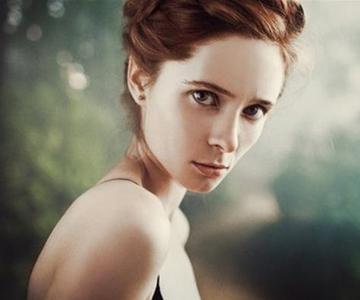Introduction
Portrait photography is a fascinating art form that enables us to capture the essence of a person’s character and personality. Lighting plays a crucial role in creating captivating portraits, whether you’re shooting in a studio or outdoors. As a beginner, understanding the fundamental principles of lighting and how to set up your equipment is essential for achieving great results. In this article, we’ll explore the key elements of portrait lighting setup and provide tips and techniques to help you master the art of portrait photography.

Equipment
Before delving into portrait lighting setup, it’s important to have the right equipment. Here are some essential items to consider:
Light source: The most common light sources for portrait photography are artificial lights such as studio lights or flash units. Natural light, like sunlight or window light, can also be used.
Light modifiers: Light modifiers are used to control the direction and intensity of the light. Some common light modifiers include softboxes, reflectors, diffusers, and umbrellas.
Tripod: A tripod is essential for keeping your camera steady and ensuring sharp focus.
Backdrop: A backdrop is used to create a background for your portrait. You can use various materials like fabric, paper, or cardboard.
Lighting Techniques
There are several lighting techniques that can be used to create different effects in portrait photography. Here are some common ones:
Rembrandt lighting: Rembrandt lighting is a classic lighting technique that creates a triangular shape of light on the subject’s face. It’s named after the Dutch painter Rembrandt and is often used to add depth and drama to portraits.
Butterfly lighting: Butterfly lighting is a soft and flattering lighting technique that creates a butterfly – shaped shadow under the subject’s nose. It’s ideal for portrait photography, giving a natural and realistic look.
Side lighting: Side lighting involves using light from the side of the subject to create a sense of depth and dimension. This technique can be used to highlight the subject’s features and create a more dramatic effect.
Backlighting: Backlighting is a technique where light comes from behind the subject, creating a silhouette effect. It can add a sense of mystery and depth to portraits.
Lighting Setup
Once you’ve chosen your lighting technique, it’s time to set up your equipment. Here are the steps to follow:
Position your light source: The position of your light source is crucial for achieving the desired effect. You can position it at different angles and distances from the subject to create different lighting effects.
Adjust your light modifiers: Light modifiers control the direction and intensity of the light. Different light modifiers like softboxes, reflectors, diffusers, and umbrellas can be used to create various lighting effects.
Set up your camera: The camera settings you choose depend on the lighting conditions and the desired effect. You can adjust settings such as aperture, shutter speed, and ISO to control the exposure and focus of your portrait.
Test your lighting: Before starting to shoot, it’s important to test your lighting to ensure it’s working properly. You can take test shots to check the lighting and make any necessary adjustments.
Tips and tricks
Here are some tips and tricks to help you create stunning portrait lighting:
Use a light meter: A light meter is a tool used to measure the intensity of light. Using a light meter can help ensure your lighting is consistent and accurate.
Experiment with different lighting techniques: There are many different lighting techniques to explore. Experimenting with different techniques can help you find the best lighting for your subject.
Use a reflector: A reflector can be used to bounce light onto the subject, creating a more natural and flattering lighting effect.
Pay attention to the background: The background of your portrait can have a significant impact on the overall look. Make sure it’s clean and free of distractions.
Take your time: Portrait photography requires patience and time. Don’t rush your shots and take the time to ensure your lighting is perfect.
Conclusion
Portrait lighting setup is an integral part of portrait photography. By understanding the basic principles of lighting and how to set up your equipment, you can create portraits that capture the essence of your subject’s character and personality. Remember to experiment with different lighting techniques, take your time, and practice regularly. With dedication and patience, you’ll be able to create professional – quality portraits that you’ll be proud to share with others.
